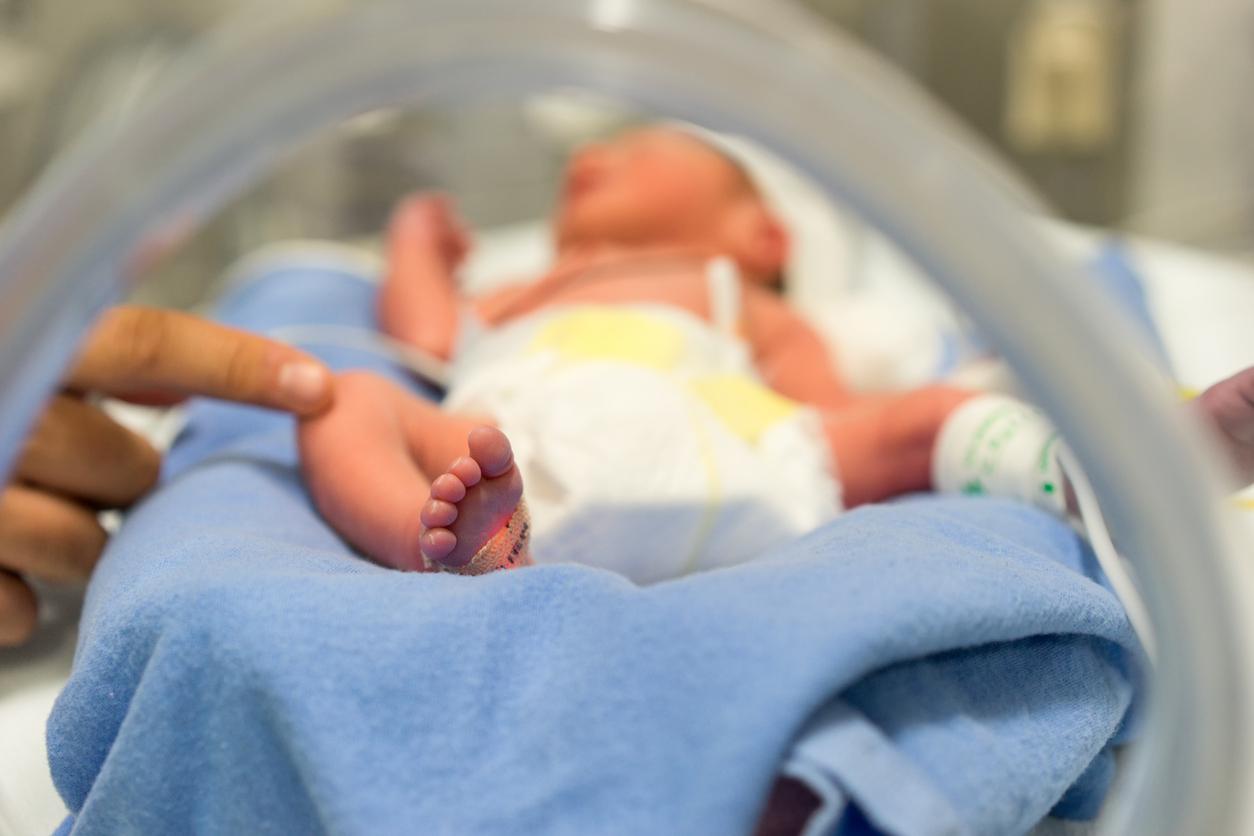After expertise, the European Medicines Agency considers that taking paracetamol during pregnancy does not cause neuro-developmental disorders in children.

In 2014, several studies, one of which published in JAMA Pediatrics, associated the onset of neuro-developmental disorders in children and exposure to paracetamol in utero. Belgium then contacted the European Medicines Agency (EMA) and requested an assessment of the risk associated with taking the medicine during pregnancy.
The Pharmacovigilance Risk Assessment Committee (PRAC), consulted on the safety of human drugs, met between January 9 and 12. After reviewing and analyzing the studies on the subject, the PRAC considered that the results of 2014, as well as those of seven other epidemiological studies, did not allow to establish a clear causal link between the exposure in utero to paracetamol and the appearance of neurodevelopmental disorders in exposed children.
No change in recommendations
The official recommendations will therefore not be changed. Paracetamol is the only analgesic molecule currently authorized during pregnancy. However, the dose and duration of treatment should be kept to a minimum, if clinically necessary.
The article of JAMA Pediatrics, published in 2014, reviewed data from the Danish National Cohort, in which almost 35,000 children with behavioral problems, and their mothers, had been included. Taking paracetamol was associated, according to the study, with a 37% increase in the risk of developing attention disorders with or without hyperactivity, and a 29% increase in being prescribed ADHD medication.
Association is not causation
This study showed association, not causation. The PRAC was therefore unable to conclude as to the dangerousness of the drug. Among the nine articles analyzed, others were also interested in associations with autism spectrum disorders. With the same conclusions of the pharmacovigilance committee.
However, the PRAC did not rule on other harms attributed to exposure to paracetamol in utero. Other studies had notably shown an association with a decrease in the production of testosterone in the fetus after one week of treatment. Another, published in Scientific Reports, announced fertility problems, and a third asthma.
.

















